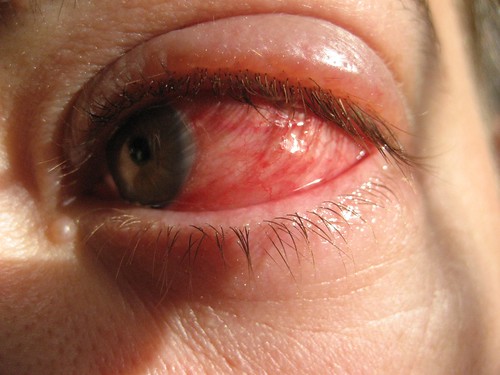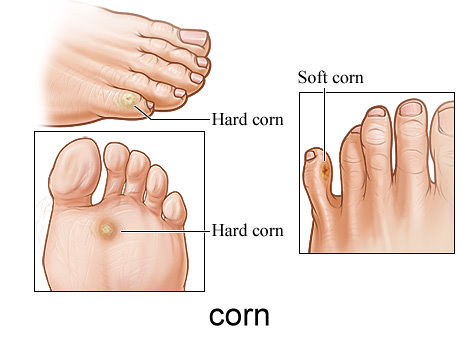What is gastritis?
Gastritis is a condition in which the stomach lining—known as the mucosa—is inflamed. The stomach lining contains special cells that produce acid and enzymes, which help break down food for digestion, and mucus, which protects the stomach lining from acid. When the stomach lining is inflamed, it produces less acid, enzymes, and mucus.
Gastritis may be acute or chronic. Sudden, severe inflammation of the stomach lining is called acute gastritis. Inflammation that lasts for a long time is called chronic gastritis. If chronic gastritis is not treated, it may last for years or even a lifetime.
Erosive gastritis is a type of gastritis that often does not cause significant inflammation but can wear away the stomach lining. Erosive gastritis can cause bleeding, erosions, or ulcers. Erosive gastritis may be acute or chronic.
The relationship between gastritis and symptoms is not clear. The term gastritis refers specifically to abnormal inflammation in the stomach lining. People who have gastritis may experience pain or discomfort in the upper abdomen, but many people with gastritis do not have any symptoms.
The term gastritis is sometimes mistakenly used to describe any symptoms of pain or discomfort in the upper abdomen. Many diseases and disorders can cause these symptoms. Most people who have upper abdominal symptoms do not have gastritis.
What causes gastritis?
Helicobacter pylori (H. pylori) infection causes most cases of chronic nonerosive gastritis. H. pylori are bacteria that infect the stomach lining. H. pylori are primarily transmitted from person to person. In areas with poor sanitation, H. pylori may be transmitted through contaminated food or water.
In industrialized countries like the United States, 20 to 50 percent of the population may be infected with H. pylori.1 Rates ofH. pylori infection are higher in areas with poor sanitation and higher population density. Infection rates may be higher than 80 percent in some developing countries.1
The most common cause of erosive gastritis—acute and chronic—is prolonged use of nonsteroidal anti-inflammatory drugs (NSAIDs) such as aspirin and ibuprofen. Other agents that can cause erosive gastritis include alcohol, cocaine, and radiation.
Traumatic injuries, critical illness, severe burns, and major surgery can also cause acute erosive gastritis. This type of gastritis is called stress gastritis.
Less common causes of erosive and nonerosive gastritis include
- autoimmune disorders in which the immune system attacks healthy cells in the stomach lining
- some digestive diseases and disorders, such as Crohn’s disease and pernicious anemia
- viruses, parasites, fungi, and bacteria other than H. pylori

What are the symptoms of gastritis?
Many people with gastritis do not have any symptoms, but some people experience symptoms such as
- upper abdominal discomfort or pain
- nausea
- vomiting
These symptoms are also called dyspepsia.
Erosive gastritis may cause ulcers or erosions in the stomach lining that can bleed. Signs of bleeding in the stomach include
- blood in vomit
- black, tarry stools
- red blood in the stool


What are the complications of gastritis?
Most forms of chronic nonspecific gastritis do not cause symptoms. However, chronic gastritis is a risk factor for peptic ulcer disease, gastric polyps, and benign and malignant gastric tumors. Some people with chronic H. pylori gastritis or autoimmune gastritis develop atrophic gastritis. Atrophic gastritis destroys the cells in the stomach lining that produce digestive acids and enzymes. Atrophic gastritis can lead to two types of cancer: gastric cancer and gastric mucosa-associated lymphoid tissue (MALT) lymphoma.
How is gastritis diagnosed?
The most common diagnostic test for gastritis is endoscopy with a biopsy of the stomach. The doctor will usually give the patient medicine to reduce discomfort and anxiety before beginning the endoscopy procedure. The doctor then inserts an endoscope, a thin tube with a tiny camera on the end, through the patient’s mouth or nose and into the stomach. The doctor uses the endoscope to examine the lining of the esophagus, stomach, and first portion of the small intestine. If necessary, the doctor will use the endoscope to perform a biopsy, which involves collecting tiny samples of tissue for examination with a microscope.
Other tests used to identify the cause of gastritis or any complications include the following:
- Upper gastrointestinal (GI) series. The patient swallows barium, a liquid contrast material that makes the digestive tract visible in an x ray. X-ray images may show changes in the stomach lining, such as erosions or ulcers.
- Blood test. The doctor may check for anemia, a condition in which the blood’s iron-rich substance, hemoglobin, is diminished. Anemia may be a sign of chronic bleeding in the stomach.
- Stool test. This test checks for the presence of blood in the stool, another sign of bleeding in the stomach.
- Tests for H. pylori infection. The doctor may test a patient’s breath, blood, or stool for signs of infection. H. pyloriinfection can also be confirmed with biopsies taken from the stomach during endoscopy.

How is gastritis treated?
Medications that reduce the amount of acid in the stomach can relieve symptoms that may accompany gastritis and promote healing of the stomach lining. These medications include
- antacids, such as aspirin, sodium bicarbonate, and citric acid (Alka-Seltzer); alumina and magnesia (Maalox); and calcium carbonate and magnesia (Rolaids). Antacids relieve mild heartburn or dyspepsia by neutralizing acid in the stomach. These drugs may produce side effects such as diarrhea or constipation.
- histamine 2 (H2) blockers, such as famotidine (Pepcid AC) and ranitidine (Zantac 75). H2 blockers decrease acid production. They are available both over the counter and by prescription.
- proton pump inhibitors (PPIs), such as omeprazole (Prilosec, Zegerid), lansoprazole (Prevacid), pantoprazole (Protonix), rabeprazole (Aciphex), esomeprazole (Nexium), and dexlansoprazole (Kapidex). All of these drugs are available by prescription, and some are also available over the counter. PPIs decrease acid production more effectively than H2 blockers.
Depending on the cause of the gastritis, additional measures or treatments may be needed. For example, if gastritis is caused by prolonged use of NSAIDs, a doctor may advise a person to stop taking NSAIDs, reduce the dose of NSAIDs, or switch to another class of medications for pain. PPIs may be used to prevent stress gastritis in critically ill patients.
Treating H. pylori infections is important, even if a person is not experiencing symptoms from the infection. Untreated H. pylori gastritis may lead to cancer or the development of ulcers in the stomach or small intestine. The most common treatment is a triple therapy that combines a PPI and two antibiotics—usually amoxicillin and clarithromycin—to kill the bacteria. Treatment may also include bismuth subsalicylate (Pepto-Bismol) to help kill bacteria.
After treatment, the doctor may use a breath or stool test to make sure the H. pylori infection is gone. Curing the infection can be expected to cure the gastritis and decrease the risk of other gastrointestinal diseases associated with gastritis, such as peptic ulcer disease, gastric cancer, and MALT lymphoma.
Points to Remember
- Gastritis is a condition in which the stomach lining is inflamed.
- The term gastritis refers specifically to abnormal inflammation in the stomach lining. However, gastritis is sometimes mistakenly used to describe any symptoms of pain or discomfort in the upper abdomen. Most people who have upper abdominal symptoms do not have gastritis.
- The most common causes of gastritis are H. pylori infections and prolonged use of nonsteroidal anti-inflammatory drugs (NSAIDs).
- Many people with gastritis have no symptoms. Those who do have symptoms may experience dyspepsia—upper abdominal discomfort or pain, nausea, or vomiting.
- Treating H. pylori infection is important, even if a person is not experiencing symptoms. Left untreated, H. pyloriinfection may lead to peptic ulcer disease or cancer.
















